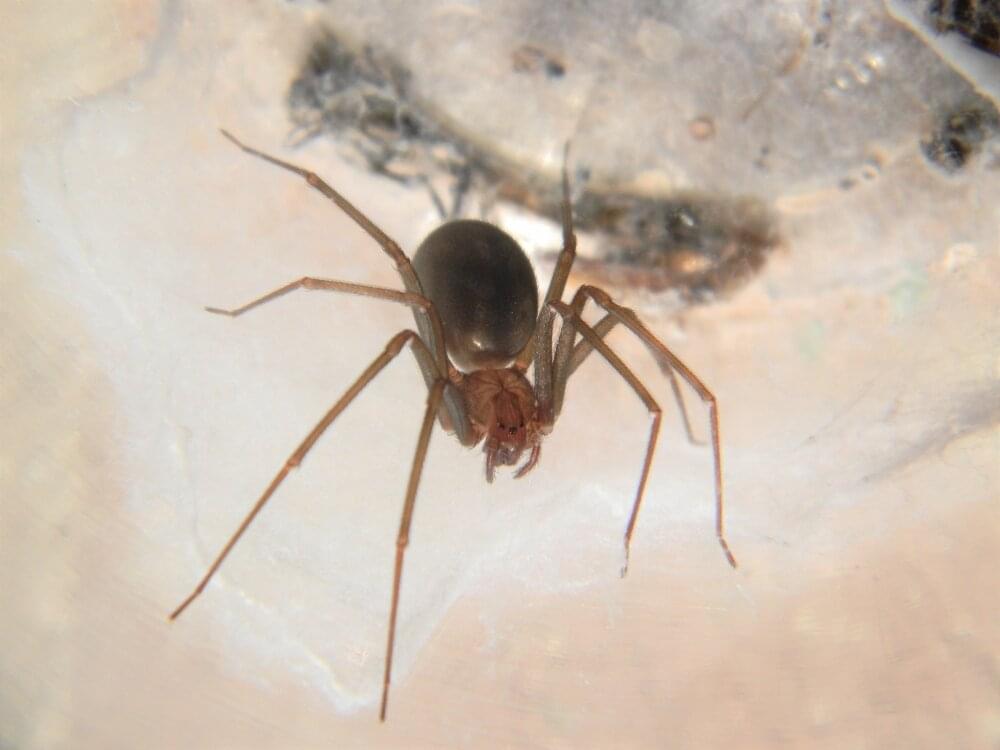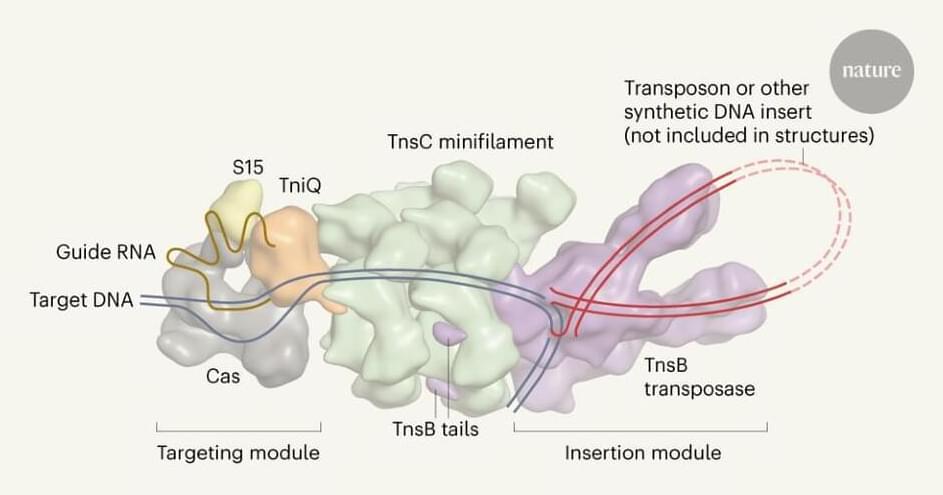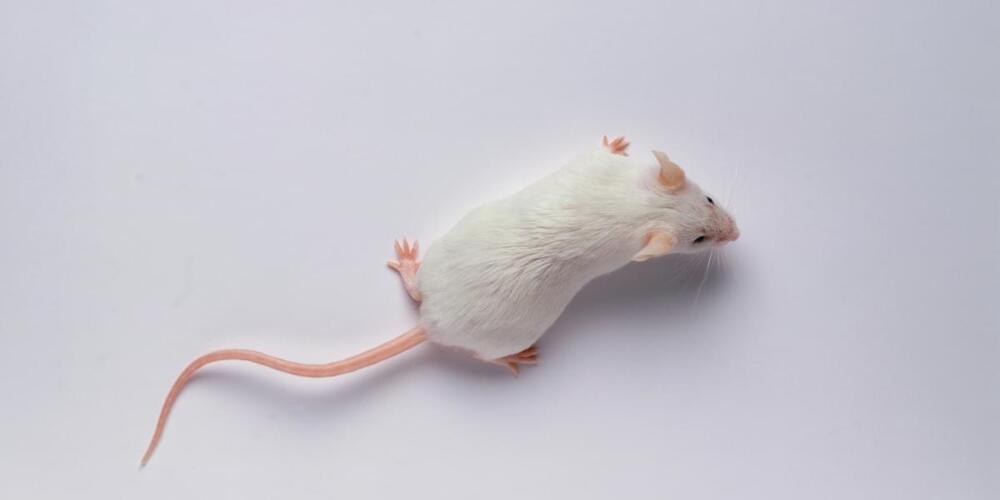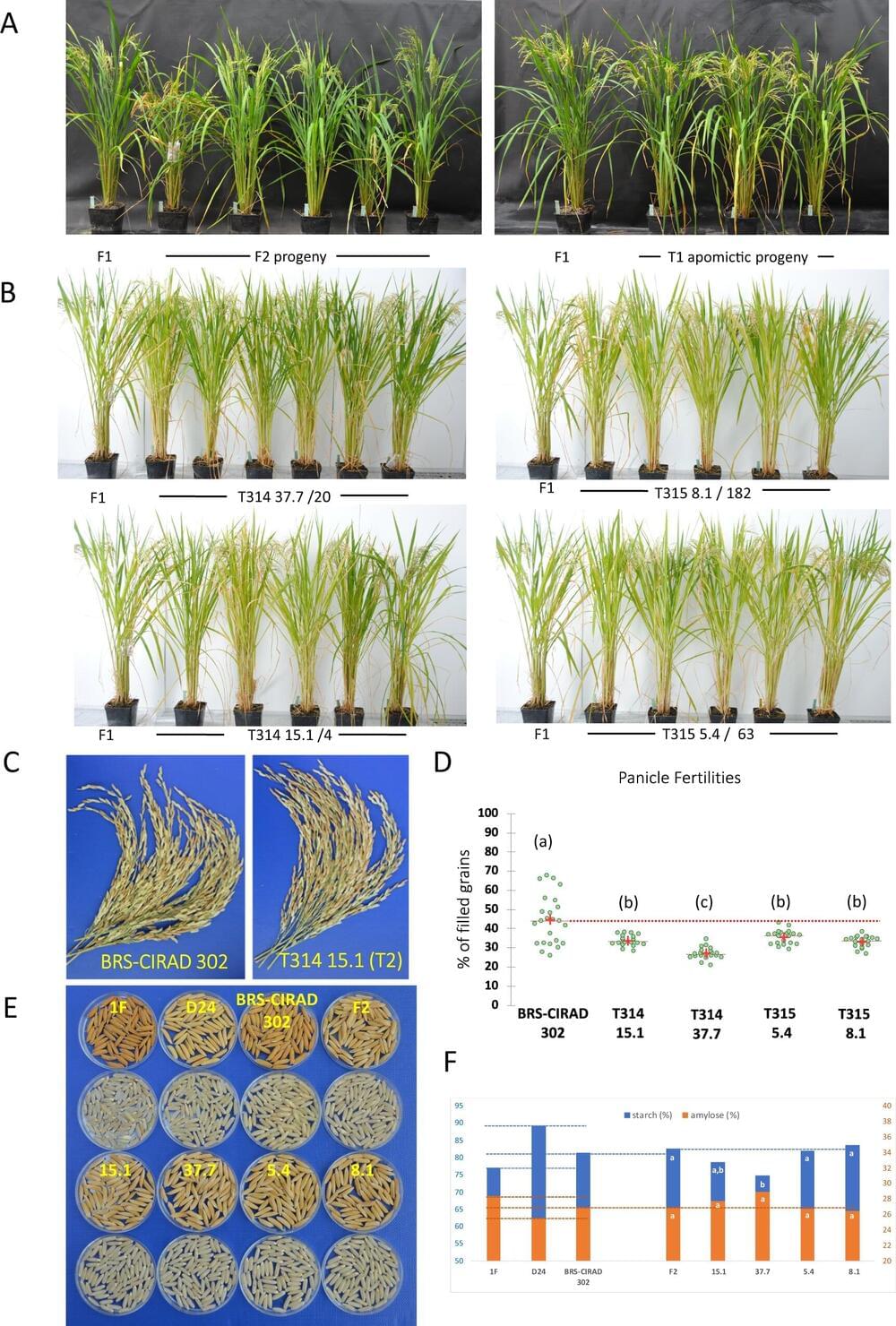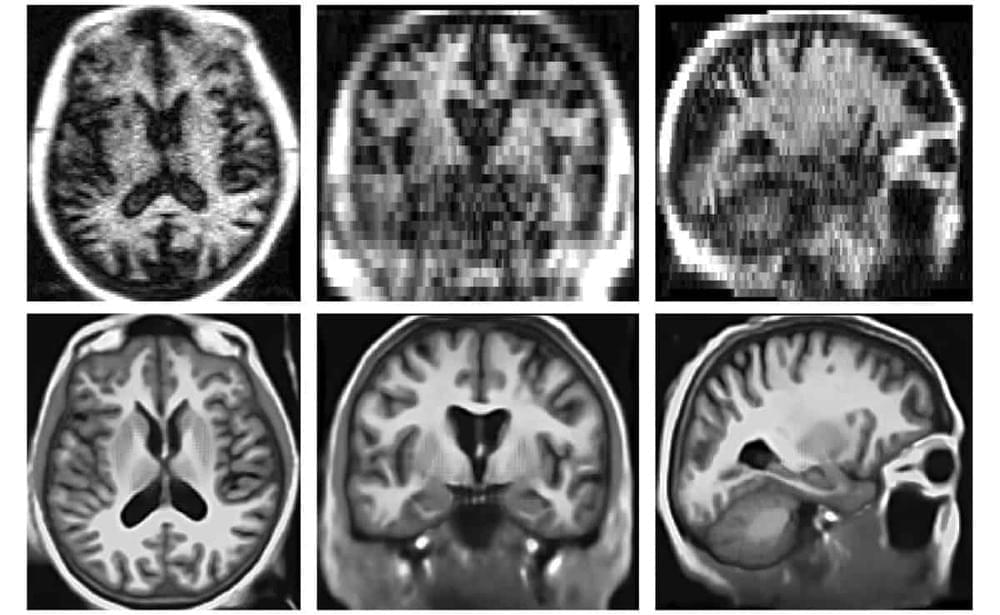One of the most dreaded effects of the bite of the brown recluse spider (Loxosceles spp) is the appearance of a necrotic skin lesion, but a clinical study by Brazilian researchers recently reported in PLOS Neglected Tropical Diseases shows that the problem can be solved by administering antivenom, especially if this is done within 48 hours of the incident.
An antivenom produced by Butantan Institute, an arm of the São Paulo State Department of Health, was used in the study. As the authors of the paper explain, there is no consensus regarding the best treatment to avoid necrosis and ulceration in cases of brown recluse spider bites.
A 2009 study involving rabbits showed that necrotic lesions were approximately 30% smaller even when the antivenom was administered 48 hours after the animals were bitten.
